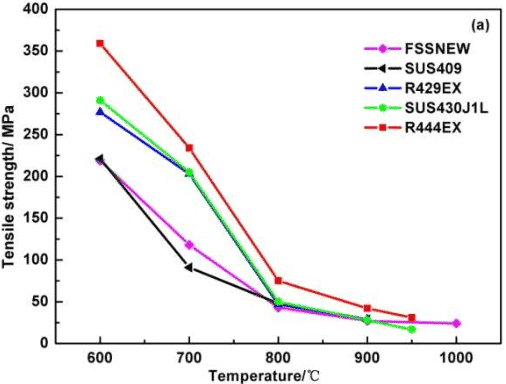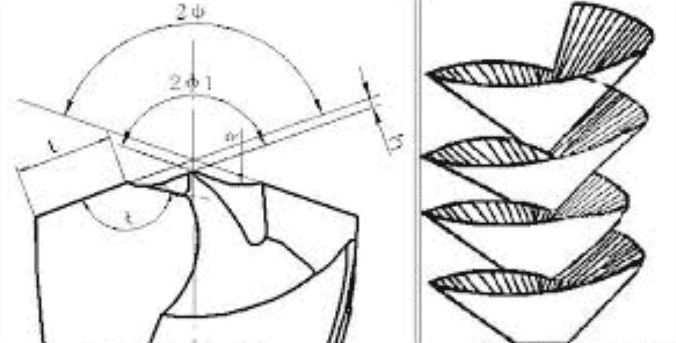Why Stainless Steel materials are difficult to process?
Why Stainless Steel materials are difficult to process?
Stainless steel, originally called rustless steel, is any one of a group of ferrous alloys that contain a minimum of approximately 11% chromium,a composition that prevents the iron from rusting and also provides heat-resistant properties.
Compared to relatively “soft” metals such as aluminum, stainless steel is very difficult to machine. This is because stainless steel is an alloy steel with high strength and good plasticity. During the machining process, the material will become harder and generate a lot of heat. This leads to faster cutting tool wear. Here sum up 6 main reasons:
1. High temperature strength and work hardening tendency
Compared with ordinary steel, stainless steel has medium strength and hardness. However, it contains a large amount of elements such as Cr, Ni, and Mn, and has good plasticity and toughness, high temperature strength, and high work hardening tendency which therefore result in the cutting load. In addition, in the austenitic stainless steel during the cutting process, some carbide is precipitated inside, which increases the scratching effect on the cutter.

2.Large cutting force is required
Stainless steel has large plastic deformation during cutting, especially austenitic stainless steel (the elongation exceeds 1.5 times that of 45 steel), which increases the cutting force.
3.Chip and tool bonding phenomenon is common
It is easy to form built-up edge during cutting, which affects the surface roughness of the machined surface and easily causes the surface of the tool to peel off.
4. The chip is easy to curl and break
For closed and semi-closed chip cutters, chip clogging is easy to occur, resulting in increased surface roughness and tool chipping

Fig.2. The ideal chip shape of stainless steel
5. The large coefficient of linear expansion
It is about one and a half times the linear expansion coefficient of carbon steel. Under the action of cutting temperature, the workpiece is prone to thermal deformation and affects the dimensional accuracy.
6. Small the thermal conductivity
Generally, it is about 1/4~1/2 of the thermal conductivity of medium carbon steel. The cutting temperature is high and the tool wears fast.
How to machining Stainless steel?
Based on our practice and experience, we believe that the following guidelines should be followed for machining stainless steel material:
1.Heat treatment before machining, The heat treatment process can change the hardness of stainless steel, making it easy to machine.
2.Excellent lubrication, The cooling lubricating fluid can take away a lot of heat and lubricate the product surface at the same time. We generally use a mixed lubricant composed of nitrogen tetrafluoride and engine oil. Practice has proved that this lubricant is very suitable for machining stainless steel parts with smooth surfaces.
3.Use high-quality cutting tools to obtain smooth part surfaces and small tolerances while reducing tool change time.
4.Lower cutting speed. Selecting a lower cutting speed can reduce heat generation and facilitate chip breaking.
Conclusion
All in all, stainless steel is one of the most difficult materials to machine. If a machine shop is able to machine aluminum, copper, and carbon steel very well, this does not mean that they can also machine stainless steel very well.






















